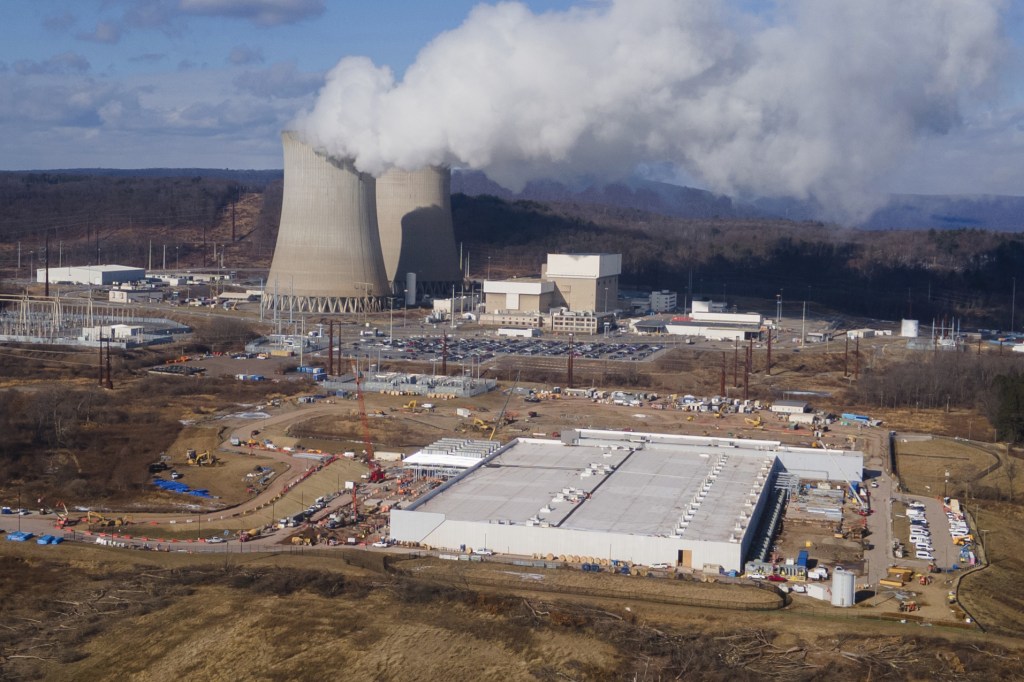
In “The Ultimate Computer” Star Trek episode, the Enterprise crew is replaced by the M-5 Multitronic System, an artificial intelligence designed by Dr. Richard Daystrom. M-5’s demand for power grows exponentially. So it taps into the starship’s warp engines by shooting out a power beam that zaps Ensign Harper. Then, as usually happens in science fiction, the AI goes berserk. It starts blasting other Federation starships.
Just a story. But it shows what AI needs today: A lot of really smart people and many more electrons. California must advance in both to stay on top.
Currently, Silicon Valley and San Francisco lead the world in AI development. But China is on our heels. “American and Chinese companies operate more than 90 percent of the data centers that other companies and institutions use for A.I. work, according to the Oxford data and other research,” reported the New York Times in June.
For global market capitalization, the top six companies of any type all are American and involved deeply in AI, six in Silicon Valley: NVIDIA $4.2 trillion; Microsoft of Redmond, Wash. $3.8 trillion; Apple $3.6 trillion; Alphabet (Google) $2.8 trillion; Amazon of Seattle $2.4 trillion; and Meta (Facebook) $18 trillion. But not far behind are TSMC of Taiwan at $1.2 trillion and Tencent of China at $700 million. As NVIDIA’s rapid rise shows, dominance can jump and fall quickly.
Here’s what we need to do. First, like M-5, California AI companies need a lot more electricity. Signals generally travel effectively at two-thirds the speed of light across fiberoptic cables. However, according to Photonics Online editor John Oncea, across thousands of miles, “[F]actors like fiber quality, equipment limitations, and signal processing introduce limitations, making such long distances impractical without amplifiers.”
That means, ideally, data centers should be close to the buildings housing the AI geniuses in California. Instead, as a map in the Times article showed, of 26 U.S. AI-specialized data centers, only four are in California, with its unstable electricity market and high cost. Electric Choice, which tracks national prices, pegs California’s average for commercial juice at 22.91 cents per kilowatt hour, almost double the 12.96 national average. That takes the luster off Gov. Gavin Newsom’s boast that 67% now comes from renewables.
The solution is nuclear power. China is going gangbusters, constructing 25 new nuclear reactors. But in America, just one has been built in the last 35 years, Plant Vogtle in Georgia. The latest nuke tech is much safer than the old systems that had problems at Chernobyl or Three Mile Island.
Next we need brains to make AI – more and more brains like Dr. Daystrom. The brain drain to low-tax states has to stop. California’s ludicrously high 14.4% state income tax rate is the main plague driving companies out of this state, including Elon Musk’s xAI and SpaceX last year to Texas, with its 0% income tax, following the HQ for AI-centric Tesla in 2021. The solution for California is a flat tax, such as the 5.8% proposed by economist Arthur Laffer, who helped design the 1978 Proposition 13 tax cut. He said it would “put gold back in the Golden State.”
Then there’s the education producing the brains. On the 2024 Smarter Balanced tests, for all grades only 36% of students met state math standards. The problem is the California Teachers Association and the California Federation of Teachers put roadblocks in front of school choice, even limiting public charter-school expansion to 12.5% of students statewide.
All those billionaires in Silicon Valley need to tame the unions to give California’s slighted children the educational freedom programs popular in other states. These include educational savings accounts, school vouchers and tax-credit scholarships.
California politicians also should take the lead in opposing such retrograde actions as the government buying equity in AI companies, like President Trump’s socialist grab of 10% of Intel stock. And the Legislature must stop passing anti-AI legislation, such as bills censoring chatbots and social media, as this paper criticized in a recent editorial.
You don’t need to be Mr. Spock to see, logically, what California must do.
John Seiler is on the SCNG Editorial Board



